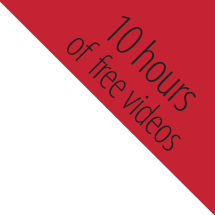by Dan Margulis
January 18, 2018
For those wishing to take color skills to the ultimate level, here are the two dates for Applied Color Theory classes in 2018. • ATLANTA, Wednesday, May 16, through Saturday, May 19. • SAN DIEGO, Wednesday, August 22, through Saturday, August 25. These classes—four long days, limited to eight persons—have changed the lives of many […]
Read the full article →
by Dan Margulis
December 10, 2017
“And yet,” I wrote in my first book 25 years ago, “most color correction could be handled by monkeys…a numerical, curve-based approach calling for little artistic judgment…all the advanced techniques are inevitably based on these surpassingly simple ones. The by-the-numbers rules can be stated in a single sentence: Use the full range of available tones […]
Read the full article →

